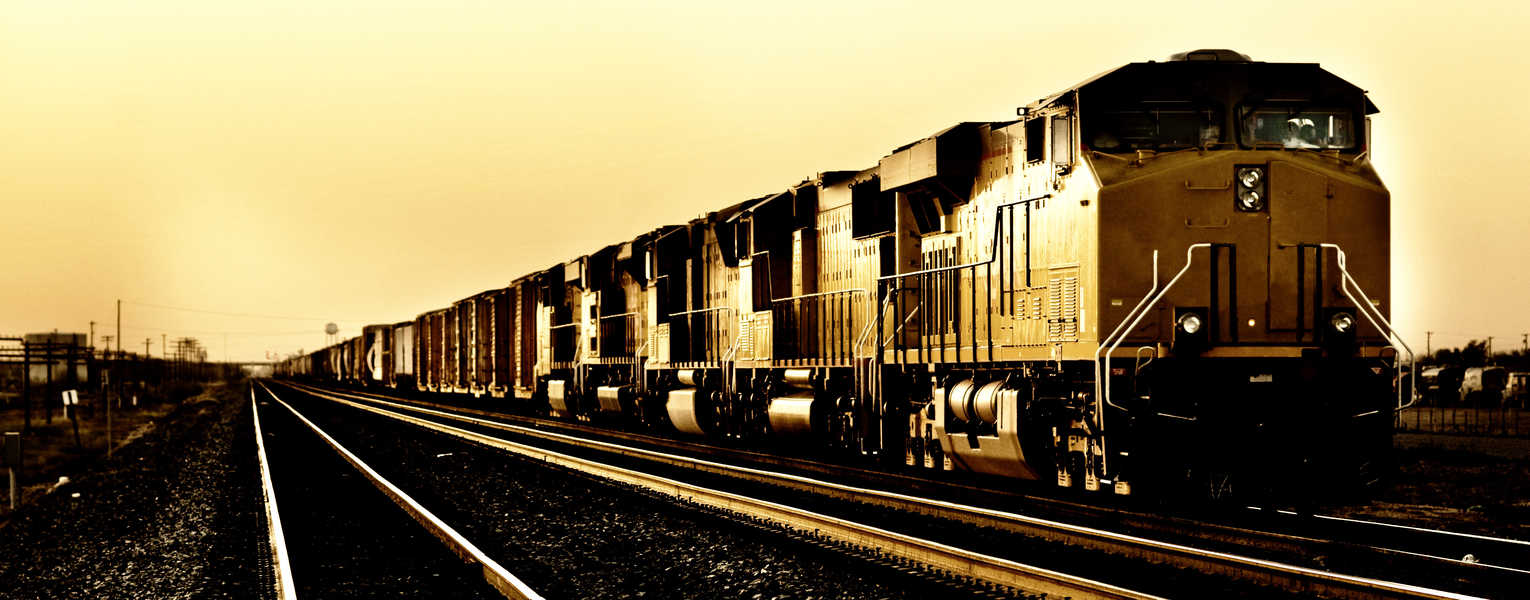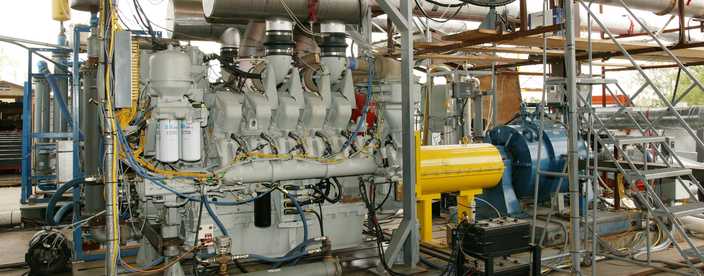
Our work with the locomotive industry began in 1965 with the EMD silver lubricity test program that continues today. We have a long-standing association with the nation’s rail industry conducting a wide variety of lubricant, fuels and engine development related programs.
Emphasis in the 1980s was on operating locomotive engines using alternative fuels such as vegetable oils, natural gas, LPG, and even coal dust. The Gas Rail program in the 90s allowed SwRI and several industry partners to develop an EMD 12-710 to operate on either 100% diesel or 95% LNG. Operation on LNG resulted in a 75% reduction of NOX emissions while matching diesel engine performance.
With the introduction of emission control standards for locomotives, interest shifted to emissions testing, certification programs, and aftertreatment hardware development at the turn of the century. In addition to large engine test cells on SwRI's main campus, a locomotive emissions test center near downtown San Antonio was established to facilitate working with engines installed in locomotives. The facility was established in 1990 for the Association of American Railroads, and to date, more than 150 locomotives have been tested at this site. Included in these tests have been projects for EPA, CARB, the California DOT (CaDOT), DOE, AAR, individual railroads and original equipment manufacturers.
Past locomotive engine projects include
- Development of exhaust emissions test procedures
- Baseline exhaust emissions studies
- Effects of injection timing and aftercooling
- Field testing of in-use locomotives
- The California Air Resources Board (CARB) fuel effects study
- National Renewable Energy Laboratory (NREL) biodiesel studies
- Developmental support to meet EPA Tier 0 and Tier I requirements

